

Derek Fung
Tesla Model Y: Long wheelbase model gains EU approval - report
4 Minutes Ago
Anthony gets up close and personal with the new Rolls-Royce Ghost Extended in Sydney. Pricing kicks off at $628,000 for the regular model, and $740,000 for the Extended.

Senior Road Tester
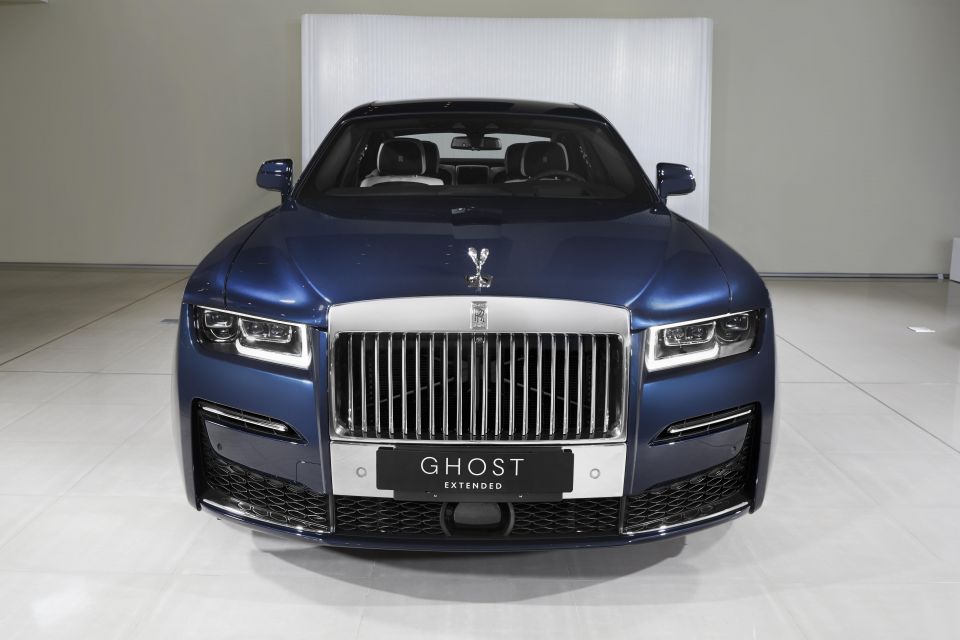

Senior Road Tester
Any new Rolls-Royce Ghost is a big deal, but the latest model is arguably a bigger deal than usual, boasting world-first technology and a design philosophy that rejects ‘superficial expressions of wealth’ according to the PR spin.
The previous generation had a lifespan of 10 years over which time it became the most successful model in Rolls-Royce history, but it’s the original Silver Ghost of 1906 that established the model’s reputation as the ‘best car in the world’, a phrase reportedly coined by UK magazine Autocar in 1907.
The nameplate was chosen as a fitting description of the car’s ghost-like quietness and refinement. It was also remarkably reliable thanks to its 40/50hp chassis, but at the same time was relatively inexpensive to service.
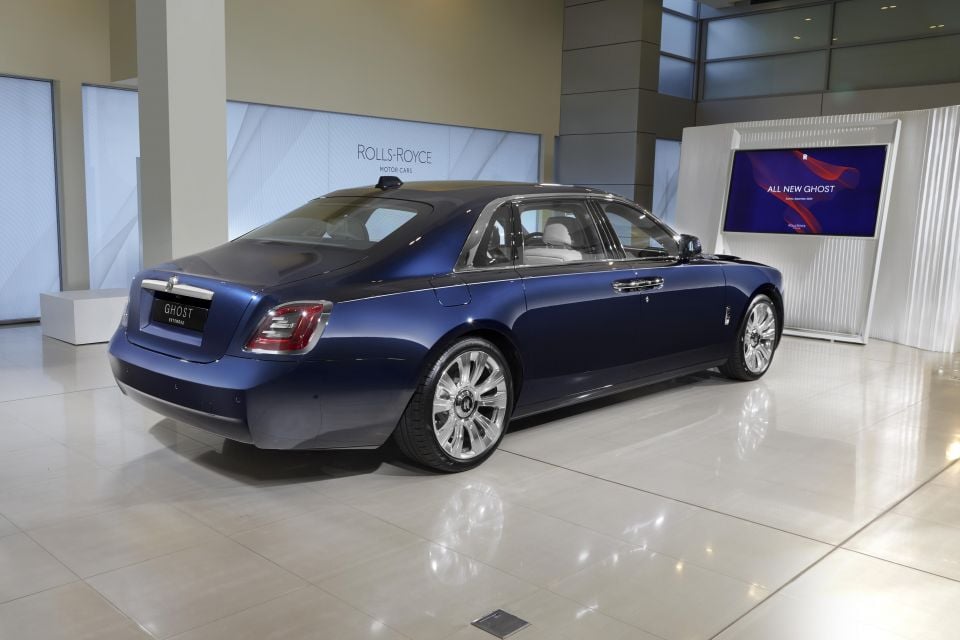
The brief for the new 2020 Rolls-Royce Ghost included hundreds of pages of owner’s recommendations collected over the previous model’s lifecycle to create what Rolls-Royce claims is the most customer-centric car ever.
In fact, the only components carried over from its predecessor are the Spirit of Ecstasy and the door-mounted umbrellas, for what purports to be the most technically-advanced Rolls-Royce from a veritable clean sheet design.

The fully-aluminium spaceframe is proprietary Rolls-Royce and already underpins the flagship Phantom and its super-luxury SUV, the Cullinan.
It’s an enormous car, measuring 5546mm long in standard-wheelbase guise (up 89mm) and 1978mm wide (up 30mm) while achieving a perfect 50/50 weight distribution by locating its 6.75-litre V12 behind the front axle.
Australia will also get the Ghost Extended which measures a staggering 5716mm – that’s almost as long as the short wheelbase Phantom (5762mm).
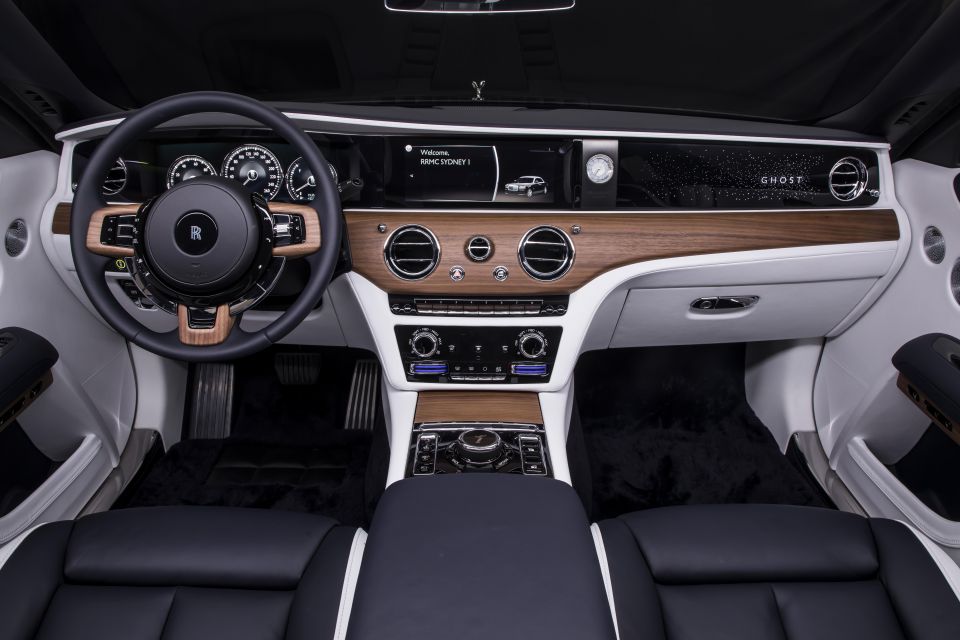
The new Ghost also incorporates all-wheel drive, all-wheel steering, and a redesigned planar suspension system designed to maintain its low centre of gravity.
Its entire metal superstructure is lightweight aluminium, while the complete absence of shut lines – even at the front of the bonnet where the Spirit of Ecstasy sits – was achieved by four craftsman hand-welding the body together simultaneously for a continuous seam.
The doors are also aluminium which has a lower acoustic impedance than steel, only these are laser welded for accuracy.
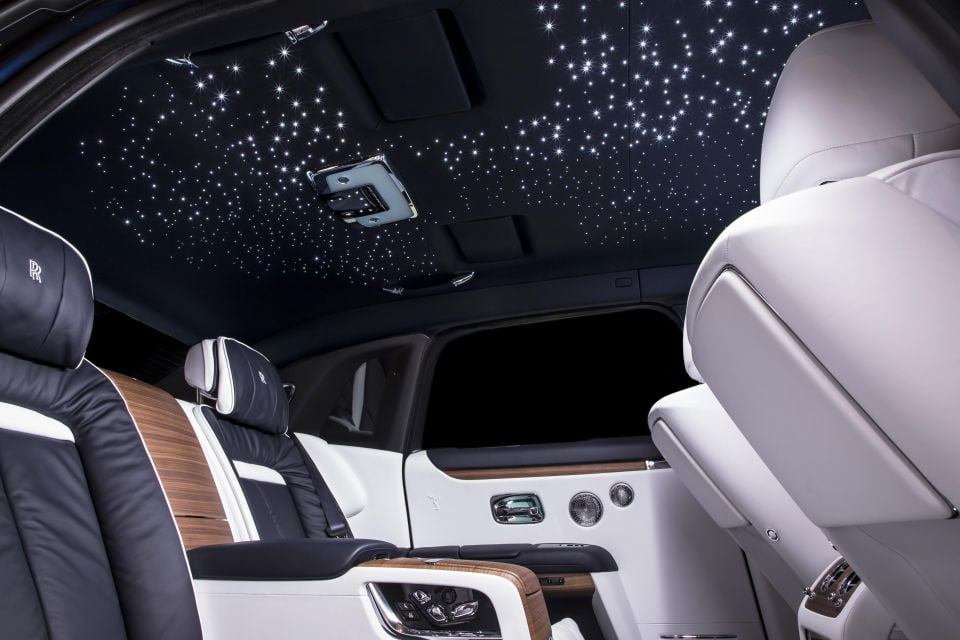
Roll-Royce customers asked for earlier torque delivery from the 6.75-litre twin-turbo V12 petrol engine (95RON is recommended but 91RON), which meant a bespoke Ghost engine remap was carried out that sees peak torque of 850Nm available from just 1600rpm.
Outputs are ‘adequate’ as Rolls-Royce owner’s manuals have always said: 420kW of power at 5000rpm and 850Nm from 1600rpm. It’s enough to propel the Extended version from 0-100km/h in 4.8 seconds and a top speed of 255km/h (governed).
Not bad for a car that tips the scales at 2530kg. And if that wasn’t enough, the Ghost’s air intake system incorporates larger porting to enhance its already-benchmark acoustic properties.
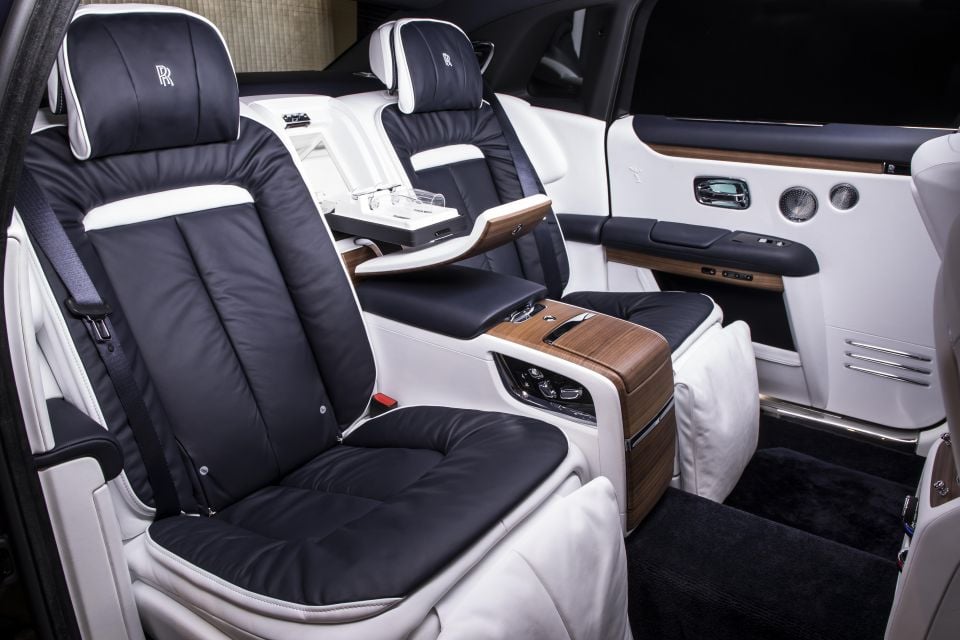
Rolls-Royce’s trademark Magic Carpet Ride has been further improved on the new car with a complete redesign of its Planar Suspension System, which Rolls-Royce claims ‘creates a sense of flight on land never before achieved by a motor car’.
The system uses a world-first upper wishbone damper unit above the front suspension assembly that works in concert with the dual stereo cameras reading the road ahead and preps the suspension system for any changes in the road surface.
Additionally, there’s the hallmark Satellite Aided Transmission that both anticipates and selects the prefect gear for corners and other road variations based on GPS data, all in the interest of providing flawless ride comfort and chassis balance.
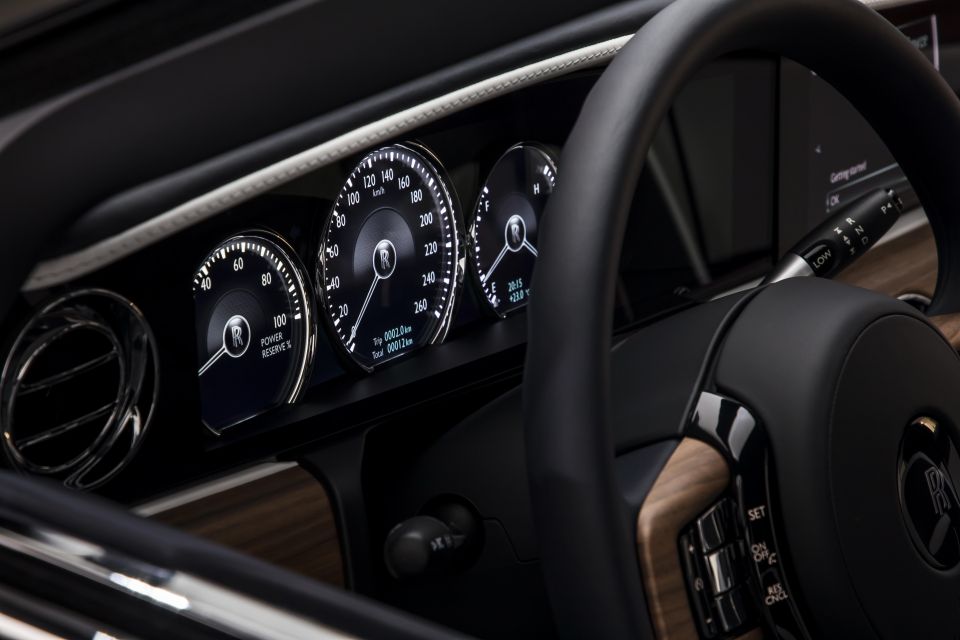
As well as the car’s all-wheel drive and all-wheel steering, there’s also a self-drying braking system controlled by the Planar software for optimum traction in wet weather or on low-grip surfaces.
While Rolls-Royce Ghost customers have always been able to close the doors automatically, the new car also gets power-assisted opening regardless of whether the car is on a hill or a sloped driveway, thanks to longitudinal, transverse, and g-force sensors fitted to each door.
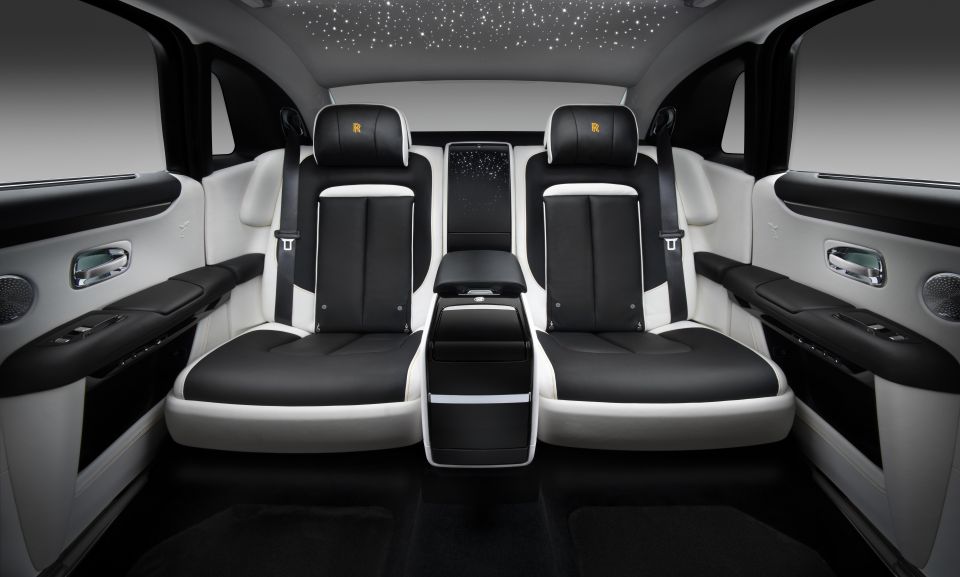
There’s a new Micro-Environment Purification System (MPES) that can detect ambient air quality and automatically switch fresh air intakes to recirculating mode if contaminants are detected. Either way, the Ghost uses a filter capable of removing nearly all ultra-fine particles from the cabin in less than two minutes.
The entire safety platform has been beefed-up, too. Along with LED and laser headlamps that provide more than 600m of illuminated range, there’s vision assist that includes day and night-time wildlife and pedestrian warning, alert assist, panoramic and helicopter views from a four-camera setup, active cruise control, collision warning, lane departure, and lane-change warning.
There’s also a high-resolution head-up display, and self-parking.
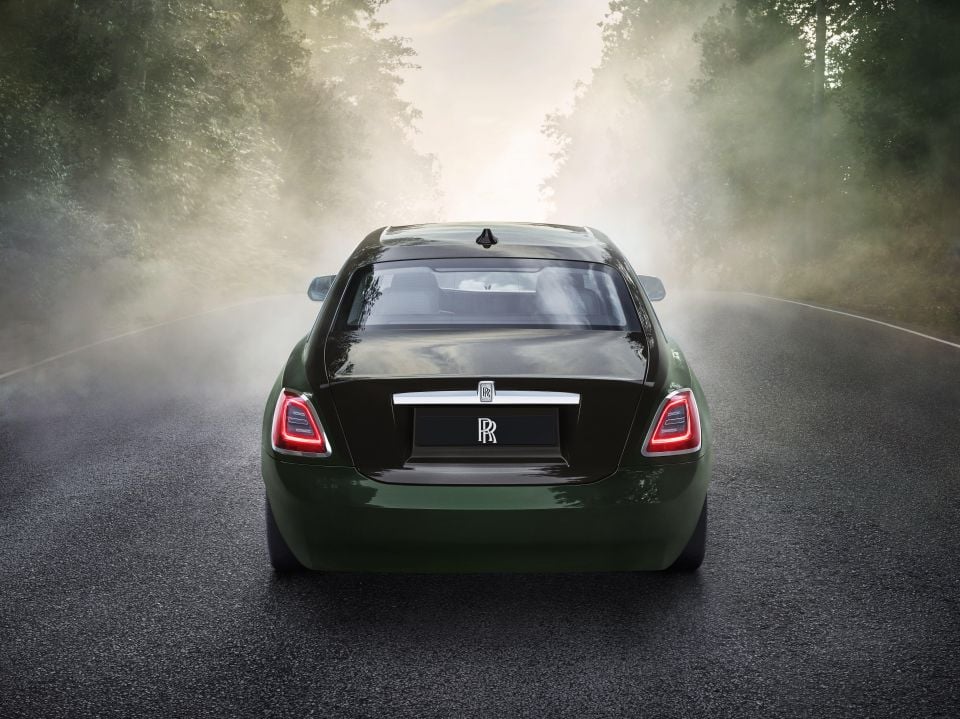
In the new Rolls-Royce Ghost you won’t see a branded audio system like B&O, Meridian, or even a Burmester. Rather, it’s a bespoke unit engineered into the car from the ground up, literally.
There’s a resonance chamber in the body’s sill section. Moreover, it was the frequency response of the speaker component that defined the chamber’s size and shape – essentially transforming the Ghost into a subwoofer.
There are 18 channels (one per speaker), making a 1300W output using magnesium-ceramic compound speaker cones that enable the most minute changes in sound with an astonishing frequency response. Vibrations from the speakers have been minimised thanks to the speaker units which are bonded to the surface – which includes the trademark Starlight headliner – turning it into a giant speaker.
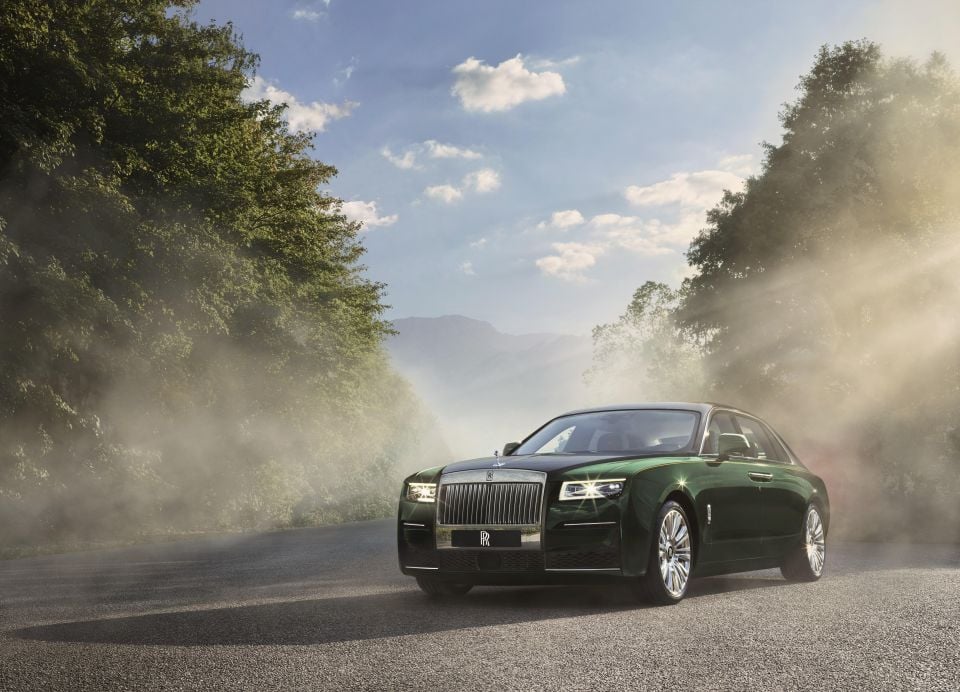
Additionally, there are two active speakers in the cabin that measure the frequencies before alerting the amplifier to adjust certain frequency ranges. The attention to detail is extraordinary.
In keeping with the spirit of ‘Post Opulent’ aesthetics that served as the basis of the Ghost’s new look, the hallmark Pantheon Grille is lit with 20 LEDs that shed light on the brushed (not polished) uprights so as to be subtle, not flash as it was on the prototypes.
Inside, the bar has been raised with a fusion of cutting-edge technology, beautifully crafted natural timber, and contrasting leather unmatched by any other carmaker to date.
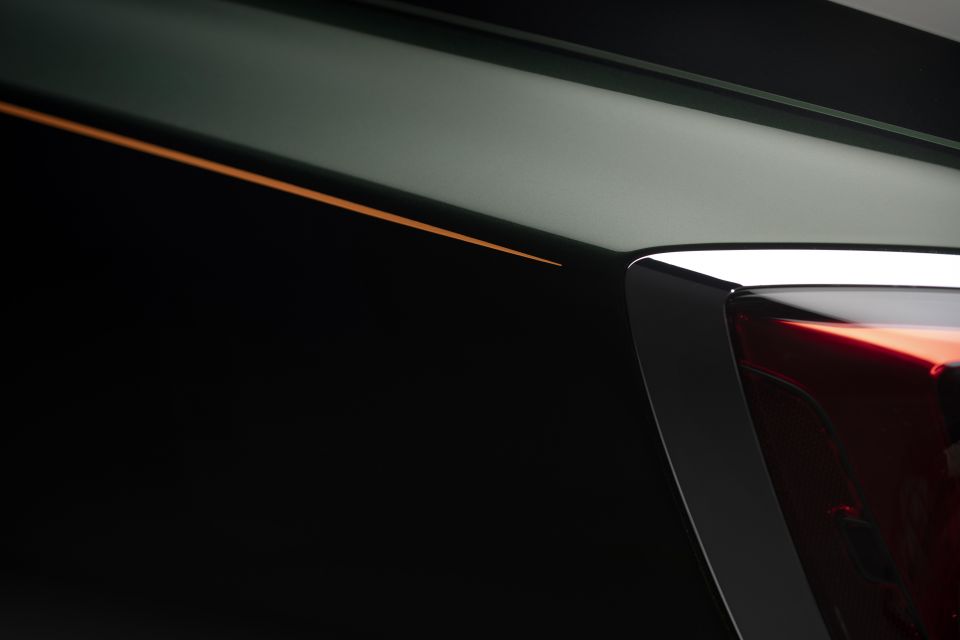

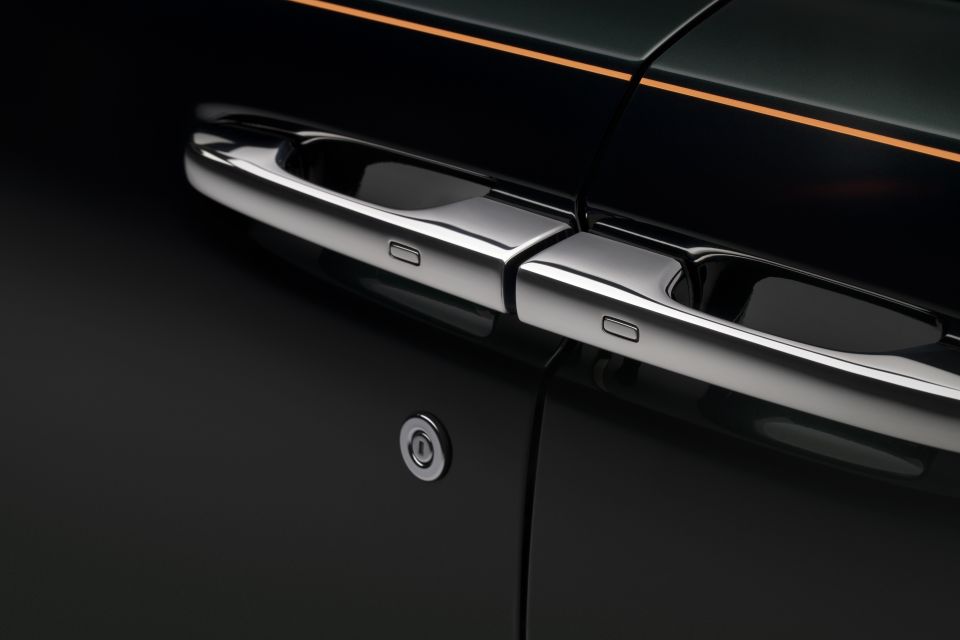
Forget about busy twin-stitch needlework in the new Ghost, because in keeping with its less ostentatious approach to opulence, the stitch lines are clean in beautifully-contrasting colours.
The leather itself is flawless – that’s all 338 panels upholstered with the material – while the walnut wood the show car was finished with is open-poor for a more natural, authentic look as opposed to the lacquered finish of earlier Rolls-Royce models.
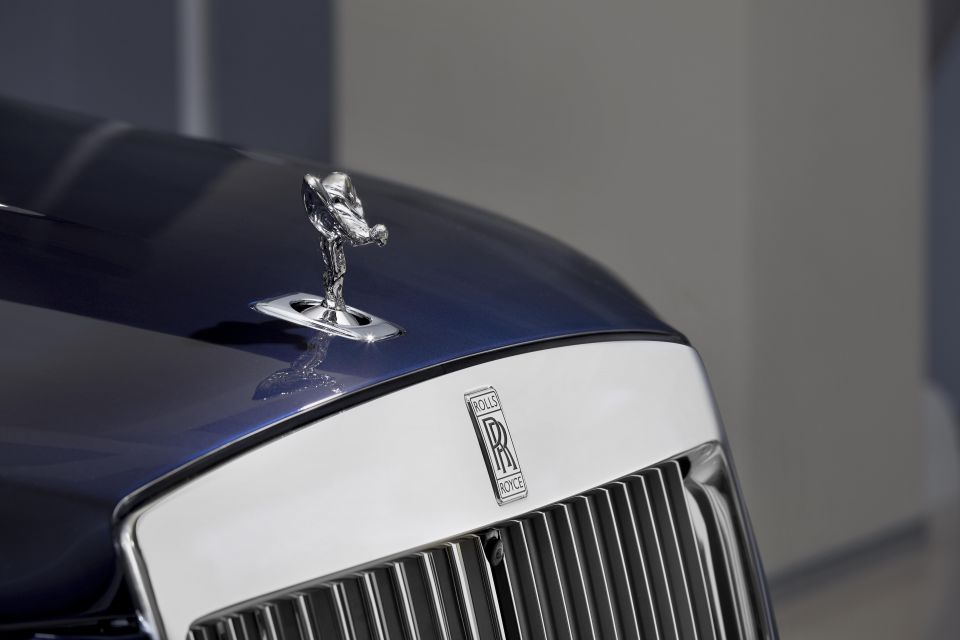
In another world-first for the Ghost, the fascia in front of the front passenger seat not only shows a glowing Ghost nameplate, but it’s surrounded by more than 850 stars.
The effect itself is a result of two years of development and more than 10,000 man hours. The illumination is thanks to 152 LEDs above and below the fascia – colour matched to the clock and instrument dial, naturally.
It’s an effect that compliments the Starlight Headliner, which uses around 1340 LEDs in the standard Ghost or a staggering 1600 in the Extended version.
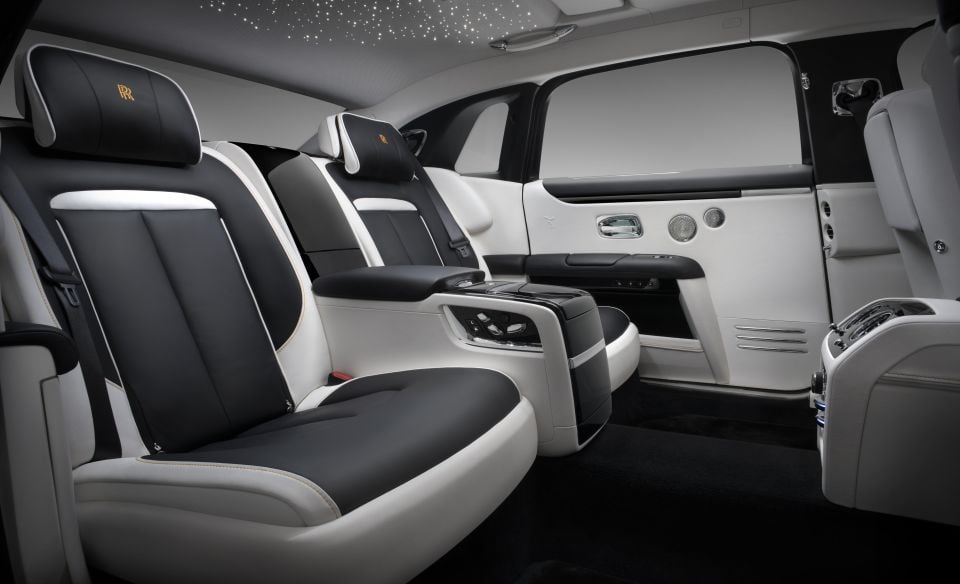
Customer deliveries for Ghost and Extended Ghost in Australia will commence in the first quarter of 2021 with prices from $628,000 before on-roads for the standard wheelbase and $740,000 before on-roads for the Extended.
Where expert car reviews meet expert car buying – CarExpert gives you trusted advice, personalised service and real savings on your next new car.
Anthony Crawford is a CarExpert co-founder and senior presenter with 20+years in automotive journalism and content creation.


Derek Fung
4 Minutes Ago
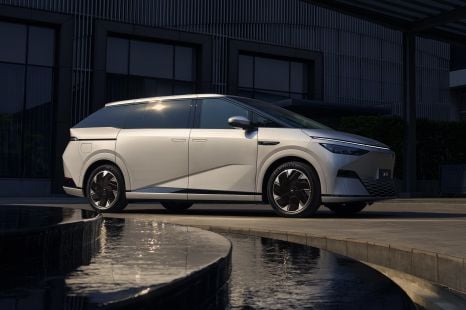

William Stopford
23 Hours Ago


Max Davies
23 Hours Ago


Derek Fung
1 Day Ago


Matt Campbell
1 Day Ago


Ben Zachariah
2 Days Ago